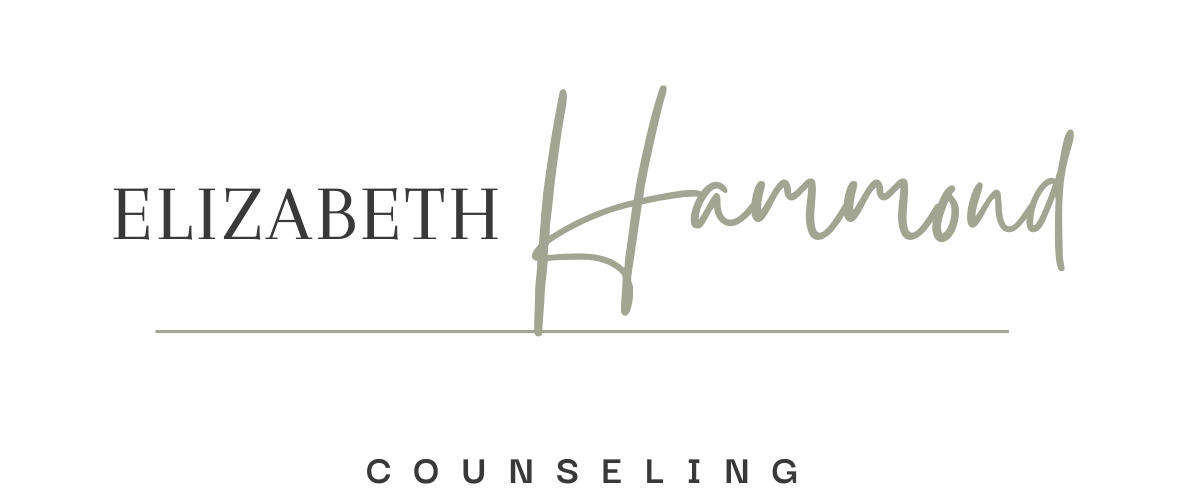Plate-by-Plate vs. Exchange Meal Plans: What’s Best in Recovery?
Did you know, in the early stages of eating disorder recovery, hunger and fullness cues are often unreliable? Years of restriction, bingeing, or chaotic eating patterns can disrupt the body's natural rhythms.
Before intuitive eating can become a sustainable practice, many people in eating disorder therapy benefit from structured guidance.
Traditional meal planning methods, such as the Exchange System, can be incredibly helpful for some people—especially those early in recovery. But they’re not the only option. Every person is different, and what works well for one may feel stressful or unhelpful to another. That’s okay. The important thing is recognizing that there are different approaches, and your recovery plan can and should be tailored to your unique situation.
Two common approaches to meal planning used in recovery are the Exchange System and the Plate-by-Plate Method. Both of these approaches aim to support individuals reestablish a stable relationship with food.
Eating disorder diagnoses are often complex and multifaceted, involving both physiological and psychological components. It’s not surprising that a customized meal plan, developed with your care team, can make a meaningful difference in how you reconnect with food and your body.
The Exchange System: Structured and Quantitative
The Exchange System divides food into categories. These categories might be starches, proteins, fats, fruits, and dairy. It then assigns “exchanges” based on similar nutritional value. A typical meal might include:
• 3 starch exchanges
• 2 protein exchanges
• 1 fat exchange
• 1 fruit exchange
• 1 dairy exchange
Within each group, individuals choose the foods they prefer, while still meeting their nutritional targets.
This approach can feel comforting for some, because it has clear rules and predictability during a time when food may feel overwhelming.
However, it can also be difficult to do well in real-world eating, especially in unstructured environments like restaurants or social gatherings.
The Plate-by-Plate Approach: Visual and Flexible
The Plate-by-Plate method offers a simplified, visual strategy for meal planning. Rather than tracking portions by exchange, this approach focuses on building a complete plate using visual cues: typically ½ plate starch, ¼ plate protein, ¼ plate color (fruits or vegetables), plus added fats and dairy as needed.
This method is often easier to apply and can help reduce anxiety around measuring or counting.
It also supports the development of more intuitive eating habits over time, as people reconnect with hunger, fullness, and satisfaction cues in a more natural way.
Meal Plans as a Starting Point—Not a Limit
No matter the method, meal plans are not meant to restrict intake.
They should encourage nourishment that supports physical and emotional healing.
Once the body receives adequate energy consistently, hunger and fullness cues become more reliable, creating a more intuitive relationship with food.
Choosing the Right Fit
Each person’s recovery is unique.
The right meal planning approach depends on a variety of factors, including medical needs, level of care, and personal comfort. A trained eating disorder therapist, like myself, can help determine the most supportive option.
If you or someone you know could benefit from partnering with an eating disorder therapist, I can help. I work with clients in MA, RI, VT, and NH, please reach out to learn more.


